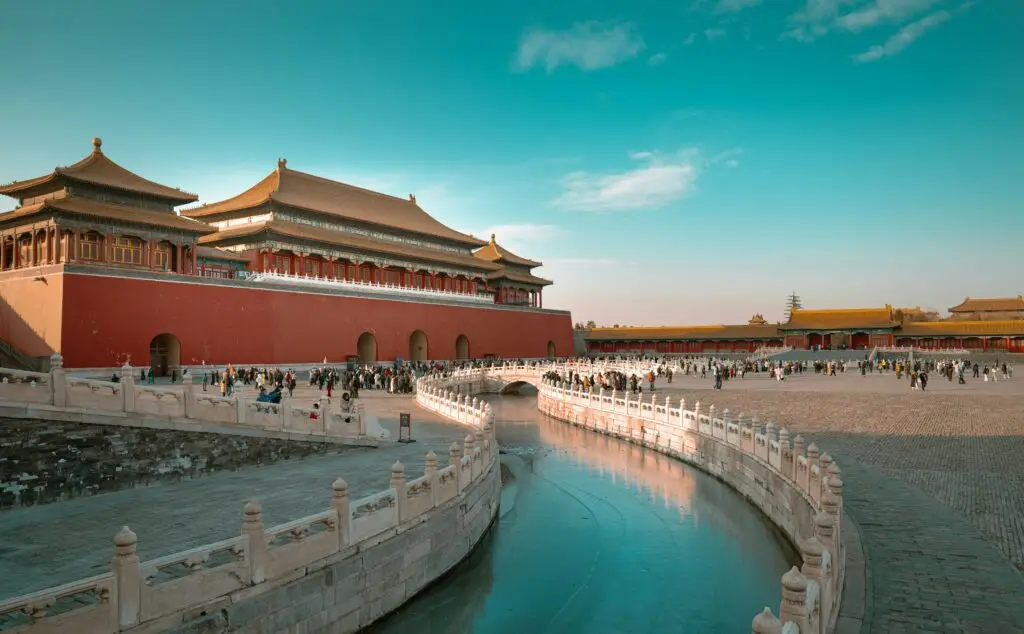Transportation in China
Traveling across China is not just about moving from one destination to another; it is part of the adventure itself. With a vast landscape stretching from snow-capped mountains in the west to sparkling coastlines in the east, China has built one of the most impressive and efficient transportation networks in the world. For foreign travelers, navigating this system is both surprisingly convenient and a chance to experience the rhythm of daily life in the world’s most populous country.
No trip to China feels complete without boarding one of its legendary high-speed trains. Sleek, punctual, and smooth, these trains glide at speeds up to 350 km/h, connecting cities that once felt worlds apart. In just a few hours, you can travel from Beijing to Shanghai, or from Guangzhou to Hong Kong, watching the scenery shift from countryside fields to bustling skylines. Inside, the trains are clean and spacious, with comfortable seating and easy ticketing systems that offer English instructions. For many travelers, riding the “Gaotie” is more than transportation — it’s an experience of modern China’s innovation and ambition.
For those who prefer a slower pace, traditional overnight trains provide a more nostalgic journey. With soft sleeper cabins, these rides allow travelers to stretch out, meet locals, and watch the countryside roll by. There’s a romance to waking up in a new city, sipping hot tea as the train whistles along ancient routes. It may not be as fast as high-speed rail, but it is certainly a cultural experience.
Given China’s sheer size, air travel remains an essential choice for long-distance trips, especially if your itinerary includes places like Tibet, Xinjiang, or Yunnan’s remote highlands. Major airports in Beijing, Shanghai, Guangzhou, and Chengdu are modern and international-friendly, with English signage and efficient services. Budget airlines also offer competitive fares, though travelers should prepare for occasional delays.
Within the cities, transportation is just as modern and convenient. Subways in Beijing, Shanghai, Guangzhou, and Shenzhen are among the most extensive in the world, offering a fast and affordable way to move around. They are increasingly equipped with English signage, making them user-friendly for foreign visitors. Buses, though sometimes more difficult to navigate without Chinese, reach every corner of a city. Taxis remain widely available, while ride-hailing apps like Didi, China’s version of Uber, have become a game-changer for travelers, offering reliable service and even English interfaces in some cities.
On the streets, many travelers discover that the best way to explore is simply by walking or cycling. Ancient water towns such as Wuzhen and Lijiang invite slow, immersive strolls through cobbled alleys, while modern cities like Hangzhou and Xiamen provide excellent bike-sharing systems that allow you to pedal along scenic lakesides, leafy boulevards, or even coastal promenades. Transportation in these places turns into discovery, where each corner reveals a new story waiting to be uncovered.
Outside the main urban hubs, long-distance buses continue to connect remote towns and rural areas, making them useful for travelers eager to explore off-the-beaten-path destinations. Although they may not be as comfortable as trains, they remain reliable. In coastal and river regions, ferries also play their part, from scenic rides across the Yangtze River in Chongqing to the high-speed Hong Kong–Macau ferry that delivers stunning views of modern skylines.
For those planning to travel around China, a few tips make the journey smoother. Booking tickets ahead of time is essential during major holidays, especially for high-speed trains and flights. Apps such as Trip.com simplify reservations in English, while Didi makes urban travel far easier. Learning a few simple words, like “train station” (huǒ chē zhàn) or “airport” (jī chǎng), can make interactions more comfortable. Traveling light also helps, as crowded trains and subway systems are easier to navigate with compact luggage. Most importantly, embracing the journey itself allows you to see transportation not just as a necessity, but as an integral part of experiencing China.
What makes traveling around China remarkable is how it reflects the country itself: vast, dynamic, and always in motion. From futuristic high-speed railways to humble bicycles, every ride tells a story about how tradition and modernity coexist. For foreign travelers, navigating this system is more than moving from one place to another — it is about understanding the energy, the scale, and the everyday lives of the people who call this country home. Whether you are zipping through cities at lightning speed or meandering along rural roads, transportation in China is not just about reaching your destination. It is a journey in itself, and part of the adventure.

